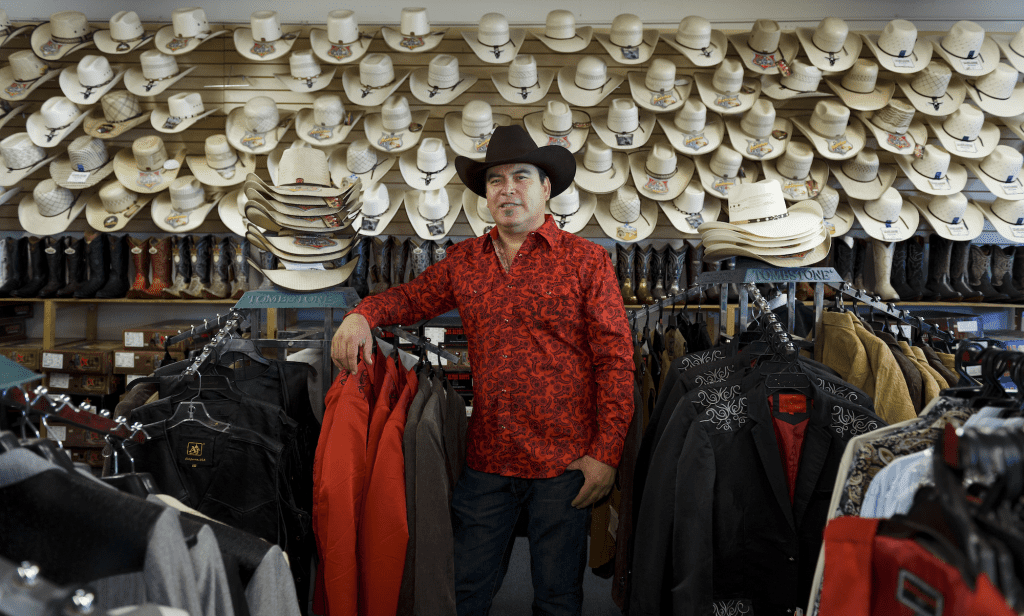Microlending in the United States
Microfinance offers fair and empowering products—loans, savings accounts, insurance, and more—that help people get ahead financially. Read a timeline of the history of microfinance in the U.S.

Microloans for small business are the most well-known microfinance product. These tiny loans support entrepreneurs who cannot qualify for a bank loan, but need capital and may need business advice to start or grow a business that serves as a primary source of income for the family.
ACCESS the timeline
Like microlending abroad, microlending in the U.S. often targets women, and also reaches many immigrants, ethnic minorities, and low-income entrepreneurs. Microloans are an effective tool, proven to improve people’s lives, stimulate economic growth, and have a lasting and positive effect in communities.
The history of microfinance in the United States begins in the 1970s, when the need to create an inclusive financial system for the many who lack access to appropriate financial products and services began to get more attention. Communities around the country began experimenting with microlending models to serve untapped markets, building the case for public and private investment in a new style of economic development.
The 1990s ushered in a new era of growth for the domestic microfinance industry, driven simultaneously by government policy reforms and increased awareness of the expansion of microlending overseas as an anti-poverty strategy.
Over the next two decades, U.S. microfinance continued to pick up steam and scale, providing capital to thousands of entrepreneurs across the nation—from cities like Chicago and San Francisco to rural communities, including Pine Bluff, Arkansas and Bozeman, Montana —while sowing the seeds for a more inclusive financial system. Today, there is wide consensus that support for microfinance should be a key part of economic development policy in the United States.